Zebra Plant
- October 23, 2023
- 0 comment
The Zebra Plant, scientifically known as Aphelandra squarrosa, is a captivating tropical houseplant cherished for its striking foliage. Native to the rainforests of Brazil, this stunning plant features large, glossy, dark green leaves adorned with contrasting white or cream-colored stripes, resembling the stripes of a zebra. The bold, eye-catching pattern on its leaves adds a touch of the exotic to any indoor space.

Zebra Plants thrive in warm, humid conditions and require well-drained soil. They produce vibrant, cone-shaped flowers in shades of orange or yellow, but it’s primarily their remarkable foliage that steals the show. As a houseplant, they are relatively easy to care for, making them a popular choice for indoor gardeners looking to add a touch of the tropics to their home decor. However, they do require regular maintenance to ensure they flourish and maintain their distinctive appearance.
| Characteristics | Description |
| Scientific Name | Aphelandra squarrosa |
| Common Names | Zebra Plant, Zebra Plant for its striking striped foliage |
| Plant Type | Tropical houseplant |
| Native Region | Rainforests of Brazil |
| Foliage | Large, glossy, dark green leaves with white or cream-colored stripes |
| Flowers | Cone-shaped, vibrant orange or yellow |
| Growth Habit | Upright, bushy |
| Light Requirements | Bright, indirect light |
| Temperature | Warm and consistent, prefers temperatures between 65-75°F (18-24°C) |
| Humidity | High humidity levels are ideal, misting or using a humidity tray can help |
| Watering | Keep soil consistently moist but not soggy; allow the top inch of soil to dry between waterings |
| Soil | Well-draining potting mix |
| Fertilization | Feed with a balanced liquid fertilizer during the growing season (spring and summer) |
| Maintenance | Prune to maintain shape and remove faded flowers |
| Pests | Susceptible to aphids, mealybugs, and spider mites; inspect regularly for infestations |
| Potting | Repot every 2-3 years to refresh the soil and provide room for growth |
| Propagation | Typically through stem cuttings in water or soil |
| Special Considerations | ebra Plants are sensitive to drafts, so protect them from cold air; they also benefit from occasional misting to maintain humidity levels. |
Botanical Beauty of “Zebra Plant”
In the world of houseplants, the Zebra Plant, scientifically known as Aphelandra squarrosa, stands out as a true botanical beauty. Its allure lies in its striking foliage, which is a testament to the wonders of nature. Native to the lush rainforests of Brazil, this tropical houseplant boasts large, glossy, dark green leaves adorned with contrasting white or cream-colored stripes, reminiscent of a zebra’s coat. The bold and eye-catching pattern on its leaves adds a touch of the exotic to any indoor space, making the Zebra Plant a favorite among plant enthusiasts and interior decorators alike. But there’s more to this plant than just its stunning appearance; it also plays a role in our ecosystem and holds cultural significance.
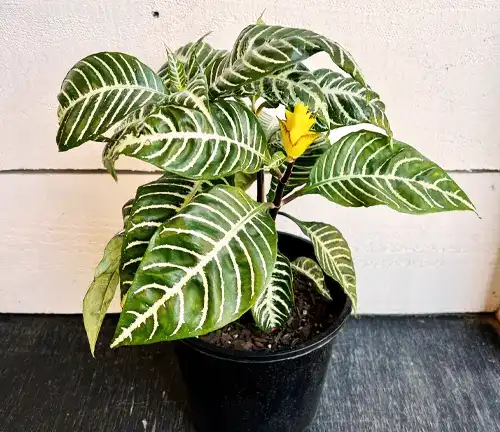
Woodland Elegance
Amidst the dense greenery of its native Brazilian rainforest habitat, the Zebra Plant stands as a symbol of woodland elegance. Its unique appearance is well-suited to the dappled sunlight that filters through the forest canopy. In nature, this plant’s dazzling foliage not only provides aesthetic pleasure but also serves as a beacon for pollinators, attracting insects and birds with its vibrant colors. This woodland elegance is what captivates our hearts and homes, bringing a touch of the wild into our living spaces.
Ecological Importance
Beyond its role as a charismatic houseplant, the Zebra Plant plays an essential part in the ecosystems it calls home. In its natural habitat, this plant contributes to the biodiversity of rainforests by providing sustenance for various species. The flowers of the Zebra Plant are a source of nectar, drawing in pollinators such as butterflies and bees. Additionally, its leaves may serve as food for select herbivores. Through these interactions, the Zebra Plant helps maintain the intricate web of life in the rainforest.
Cultivation and Conservation
Cultivating the Zebra Plant outside its natural habitat can be a rewarding endeavor. It thrives in warm, humid conditions and requires well-drained soil. As a houseplant, it is relatively easy to care for, making it accessible to indoor gardeners looking to bring the beauty of the tropics to their homes. However, due to habitat destruction and overcollection for the horticultural trade, the Zebra Plant faces challenges in the wild. Conservation efforts are crucial to protect this species and preserve its ecological importance.
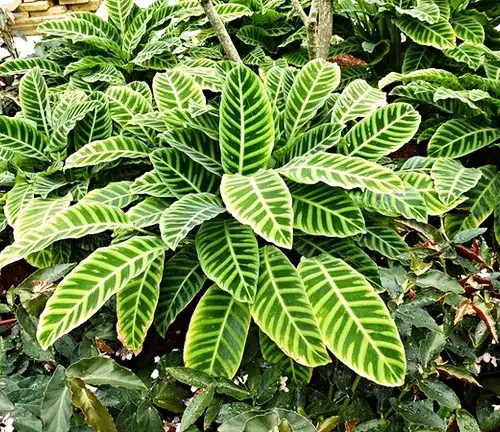
Fragrance
While the primary allure of the Zebra Plant lies in its remarkable foliage, it also surprises with a subtle fragrance. When in bloom, the plant produces cone-shaped flowers in shades of orange or yellow, emitting a delicate, sweet scent. This unexpected olfactory delight adds to the plant’s charm and makes it a multi-sensory addition to any indoor garden.
Soil Stabilization
In its native habitat, the Zebra Plant plays a role in soil stabilization. The extensive root system of this plant helps prevent soil erosion, ensuring the rainforest floor remains intact and capable of supporting a myriad of other plant and animal species. This contribution to ecosystem health highlights the Zebra Plant’s ecological value beyond its visual appeal.
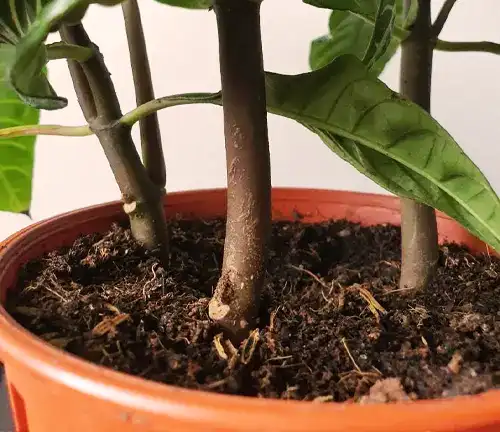
Common Uses
Apart from being a beloved houseplant, the Zebra Plant has cultural and traditional significance in some regions of its native Brazil. It has been used in folk medicine for its potential healing properties, and in some communities, it holds spiritual importance. Additionally, the plant’s unique appearance has made it a popular subject for art and design, adding a touch of exotic allure to various forms of creative expression.
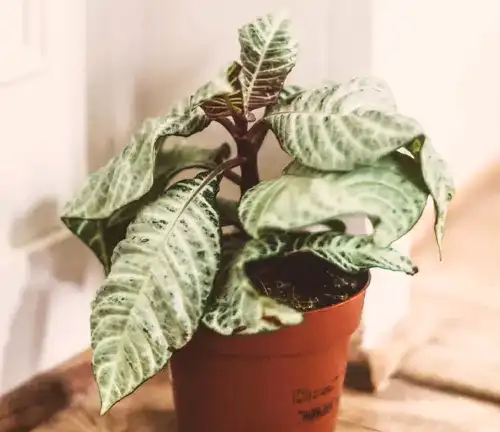
Benefits
The benefits of cultivating a Zebra Plant extend far beyond its aesthetic appeal. In our homes, it purifies the air, removing harmful pollutants and enhancing indoor air quality. Its low-maintenance nature makes it an accessible option for even the novice gardener. Moreover, by supporting the horticultural trade, individuals contribute to conservation efforts that safeguard the Zebra Plant in its natural habitat.
Different Species
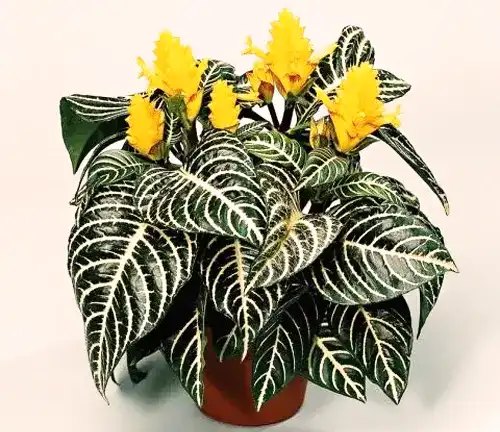
Aphelandra squarrosa
(Zebra Plant)
The most well-known “Zebra Plant” is Aphelandra squarrosa, a tropical houseplant with large, glossy, dark green leaves featuring bold white or cream-colored stripes. Its striking foliage is its defining feature.
Haworthia fasciata
(Zebra Haworthia)
This succulent plant is often called “Zebra Haworthia” due to the zebra-like stripes on its thick, dark green leaves. It’s a low-maintenance houseplant and popular among succulent enthusiasts.
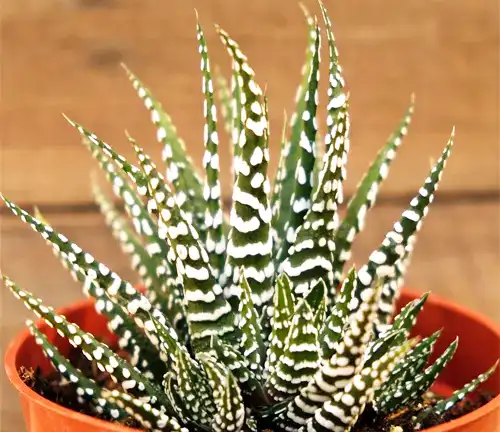

Calathea zebrina
(Zebra Plant or Zebra Prayer Plant)
Known as the Zebra Plant or Zebra Prayer Plant, it’s recognized for its striking, elongated, and striped leaves. This plant is admired for its unique appearance and is typically grown as a houseplant.
Alocasia zebrina
(Zebra Plant or Elephant Ear)
Sometimes referred to as the Zebra Plant or Zebra Elephant Ear, this tropical plant has arrowhead-shaped leaves with distinctive zebra-like patterns. It is a popular choice for indoor gardening.
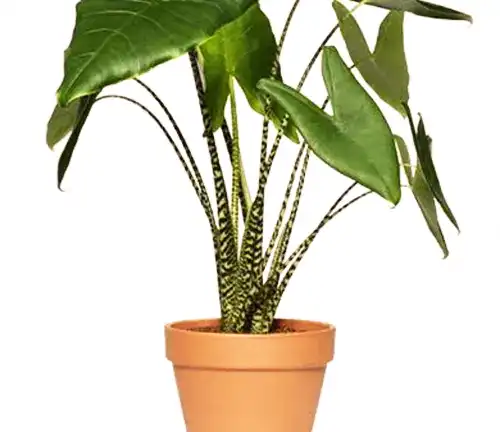
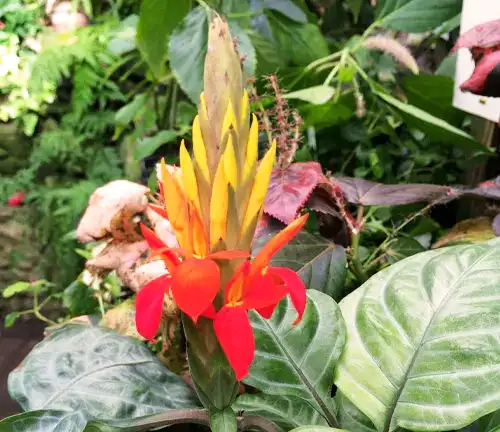
Aphelandra aurantiaca
(Orange Zebra Plant)
While not commonly referred to as a “Zebra Plant,” this species has bright orange flowers and is part of the Aphelandra genus. Its leaves may also have striking patterns.
Guzmania lingulata
(Scarlet Star or Orange Star)
Although not typically called a “Zebra Plant,” the Scarlet Star or Orange Star has long, narrow leaves with zebra-like stripes and produces vibrant red or orange bracts.
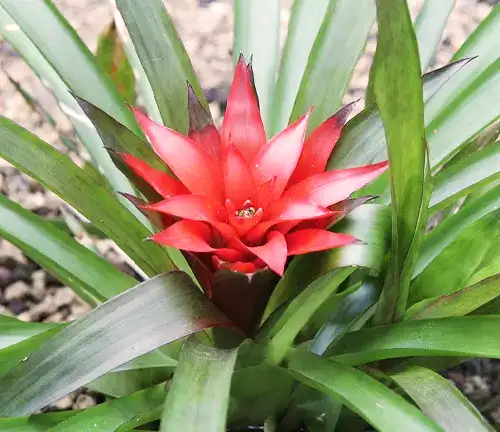
Frequently Asked Questions (FAQs)
- What is a Zebra Plant?
A Zebra Plant, scientifically known as Aphelandra squarrosa, is a tropical houseplant appreciated for its striking, zebra-like striped foliage. - How do I care for a Zebra Plant?
Zebra Plants require bright, indirect light, well-draining soil, and consistent moisture. They thrive in warm, humid conditions and should be protected from drafts. - How often should I water my Zebra Plant?
Water your Zebra Plant when the top inch of soil feels dry to the touch. Be sure not to overwater, as they are susceptible to root rot. - Can I put my Zebra Plant outdoors?
Zebra Plants are typically grown indoors but can be placed outdoors in a shaded or protected area during warm, humid weather. - What kind of potting soil is best for a Zebra Plant?
A well-draining potting mix, such as one designed for tropical plants or African violets, is suitable for Zebra Plants. - Do Zebra Plants bloom?
Yes, Zebra Plants can produce cone-shaped flowers in shades of orange or yellow when they reach maturity. However, their primary appeal lies in their foliage. - How do I propagate my Zebra Plant?
Zebra Plants can be propagated through stem cuttings. Place a cutting in water or soil, and it should develop roots in a few weeks. - Do Zebra Plants require high humidity?
Zebra Plants do appreciate higher humidity levels, and misting them or using a humidity tray can help create a suitable environment. - What are common problems with Zebra Plants?
Common issues include overwatering, pests like aphids and mealybugs, and yellowing leaves due to low light or poor humidity. - How can I prevent my Zebra Plant from losing its stripes?
To maintain the plant’s distinctive striped appearance, ensure it receives adequate light and maintain a consistent care routine. - Are Zebra Plants safe for pets?
Zebra Plants are considered non-toxic to cats and dogs, but it’s best to keep them out of reach to prevent nibbling on the leaves. - What is the average lifespan of a Zebra Plant?
With proper care, a Zebra Plant can live for several years. They may become leggy over time, but regular pruning can help maintain their appearance. - Do Zebra Plants have any cultural or traditional significance?
n some regions of their native Brazil, Zebra Plants have cultural and traditional importance, including use in folk medicine and spiritual practices. - What are the benefits of having a Zebra Plant?
Zebra Plants can purify the air, enhance indoor air quality, and contribute to a greener living space. Additionally, supporting the horticultural trade can aid in conservation efforts.




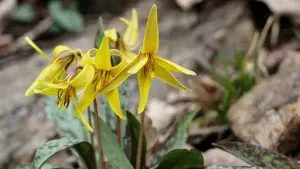

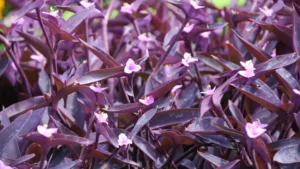
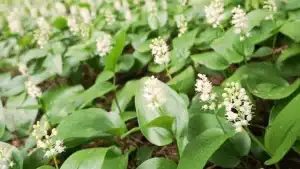
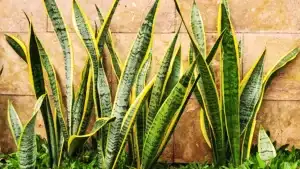

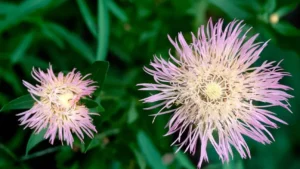
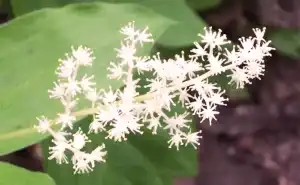
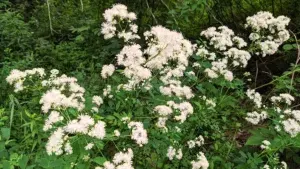
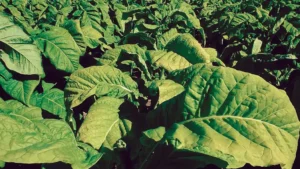
Leave your comment